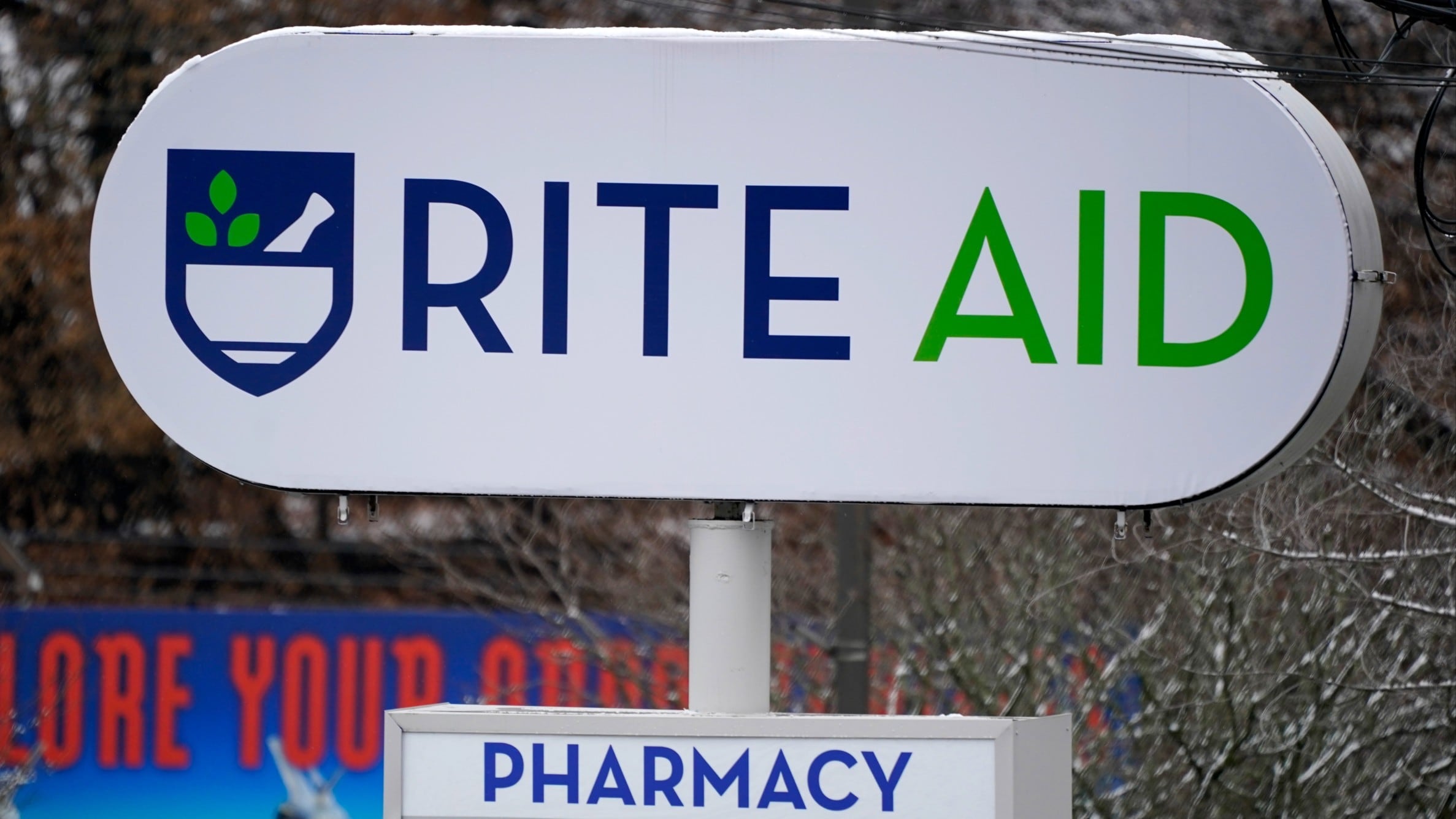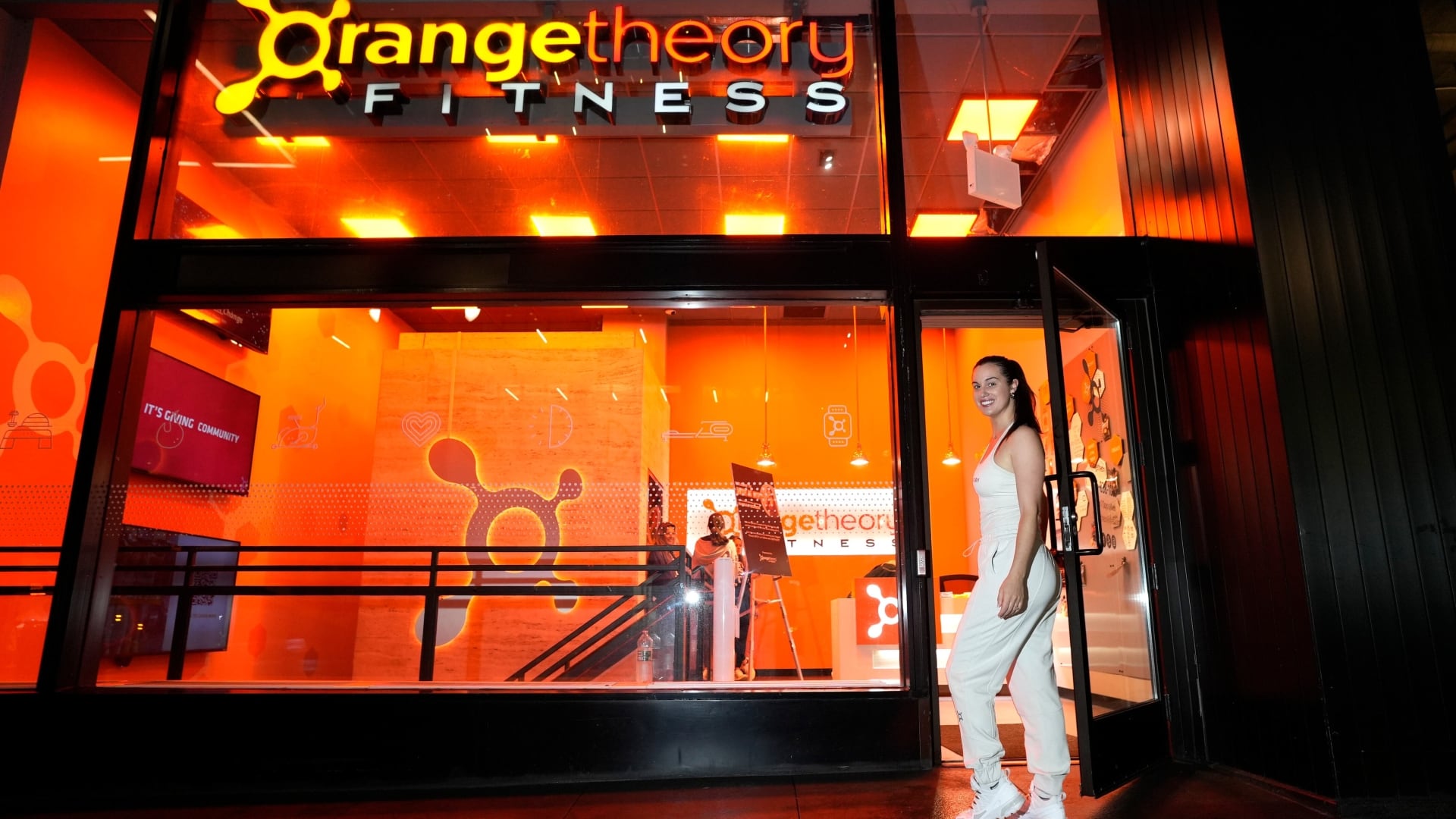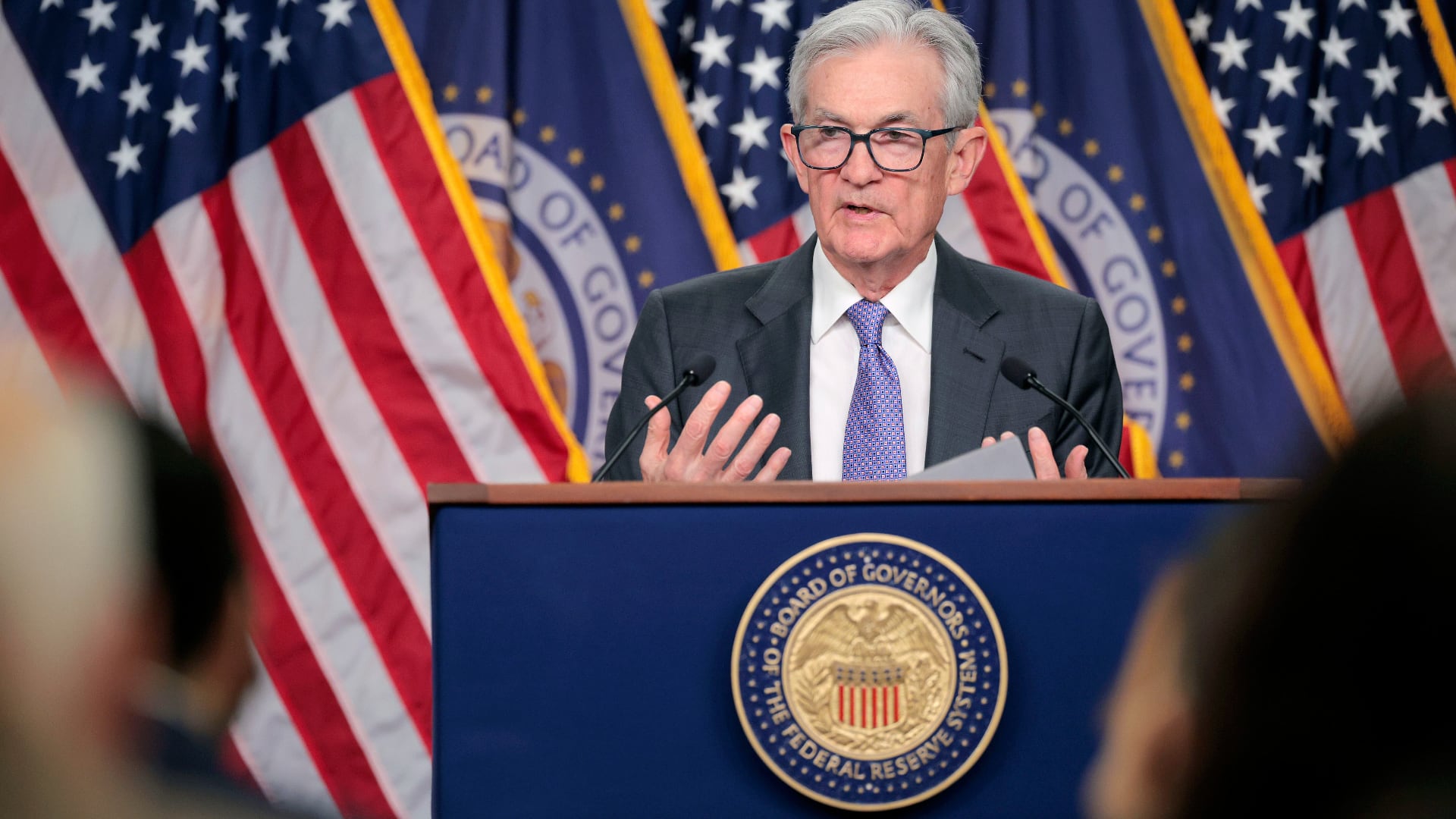By Tom Murphy and Elaine Kurtenbach
Rite Aid has filed for bankruptcy protection and plans to sell part of its business as it attempts to restructure while dealing with losses and opioid-related lawsuits.
The drugstore chain said late Sunday it also has obtained $3.45 billion in fresh financing from some of its lenders, which will help support the company through its voluntary Chapter 11 process.
The plan will “significantly reduce the company’s debt” while helping to “resolve litigation claims in an equitable manner,” Rite Aid said.
The company also said it expects to receive court approval for several motions it made to support its business. Those include paying employee wages and benefits without interruption. The company also said it still plans to pay vendors in full.
Rite Aid Corp. runs more than 2,100 stores in the United States, mostly on the East and West Coasts and has posted annual losses for several years.
The Philadelphia company, which is marking its 60th birthday this year, has been cutting costs and closing some stores as it has dealt with long-standing financial challenges.
The company, like its rivals, also faces financial risk from lawsuits over opioid prescriptions. Rite Aid already has reached several settlements, including one announced last year with the state of West Virginia for up to $30 million.
In March, the U.S. Justice Department intervened in a whistleblower lawsuit brought by former employees under the False Claims Act. Federal officials said in a statement that the drugstore chain filled “at least hundreds of thousands” of illegal prescriptions for drugs including opioids.
Rite Aid called the government’s claims “hyperbolic” in a subsequent motion to dismiss. The company said facts alleged in the case actually showed it exceeded regulatory requirements for diversion control.
Tough market conditions including tight prescription reimbursement and waning COVID-19 vaccine and testing business also have hit drugstores in recent quarters. But Rite Aid’s larger competitors have moved more aggressively into health care, opening clinics and adding other sources of revenue.
Walgreens and CVS Health, by contrast, each run about 9,000 locations or more in the U.S.
Drugstores also have been dealing with several issues that frustrate customers. They’ve handled prescription drug shortages, and they have struggled to fill their stores with enough pharmacists and technicians to run the pharmacies. CVS and Walgreens both have dealt with walkouts by pharmacy employees concerned about their growing workloads and lack of help.
Deutsche Bank analyst George Hill said in an August note that Rite Aid operates on a much thinner profit margin than its competitors and while it can pay costs to service its debt, it won’t be able to cover principal payments “based on the current trajectory of the business.”
Rite Aid said Sunday that it had reached an agreement with some key creditors on a financial restructuring plan to cut its debt and position itself for future growth and that the bankruptcy filing was part of that process.
The company also said it reached a deal to sell its small pharmacy benefits manager, Elixir, to MedImpact Healthcare Systems. Elixir runs prescription drug coverage and a specialty pharmacy among other services.
Rite Aid said MedImpact will serve as the “stalking horse bidder” in a court-supervised sale process.
The drugstore chain also said it will continue to look at its stores and close underperforming locations.
Jeffrey Stein, who heads a financial advisory firm, was appointed Rite Aid's CEO, replacing Elizabeth Burr, who was interim CEO and remains on Rite Aid's board. She had replaced Heyward Donigan, who left in January.
Rite Aid earlier reported that its revenue fell to $5.7 billion in the fiscal quarter that ended June 3, down from $6.0 billion a year earlier, logging a net loss of $306.7 million.
A few years ago, Rite Aid propped up its share price with a 1-for-20 reverse stock split that took more than a billion shares off the market. But the share price has slid for most of this year and tumbled back below $1 in August. The stock was at roughly 65 cents Monday morning.
Earlier this month, Rite Aid notified the New York Stock Exchange that it was not in compliance with listing standards. During a grace period, the company’s stock continues to be listed and traded.
Walgreens attempted to buy Rite Aid for about $9.4 billion in a deal announced in 2015. But the larger drugstore chain scaled back its ambition a couple years later and bought only a chunk of Rite Aid, around 1,900 stores, to get the deal past antitrust regulators.
In 2018, Rite Aid shares plunged after the company called off a separate merger with the grocer Albertsons, which is currently trying to merge with another grocer, Kroger.
Murphy reported from Indianapolis. Kurtenbach reported from Bangkok.









